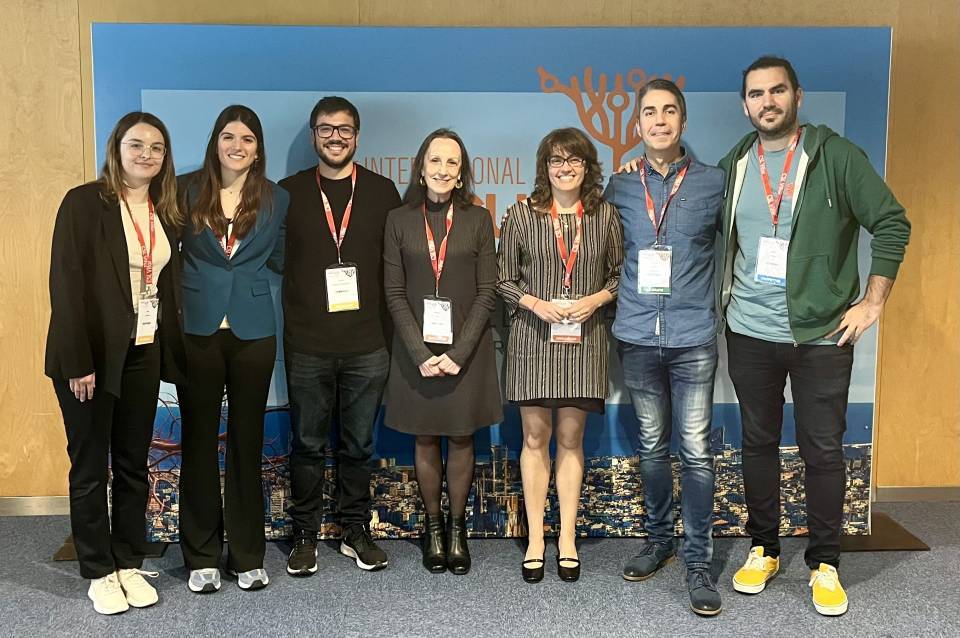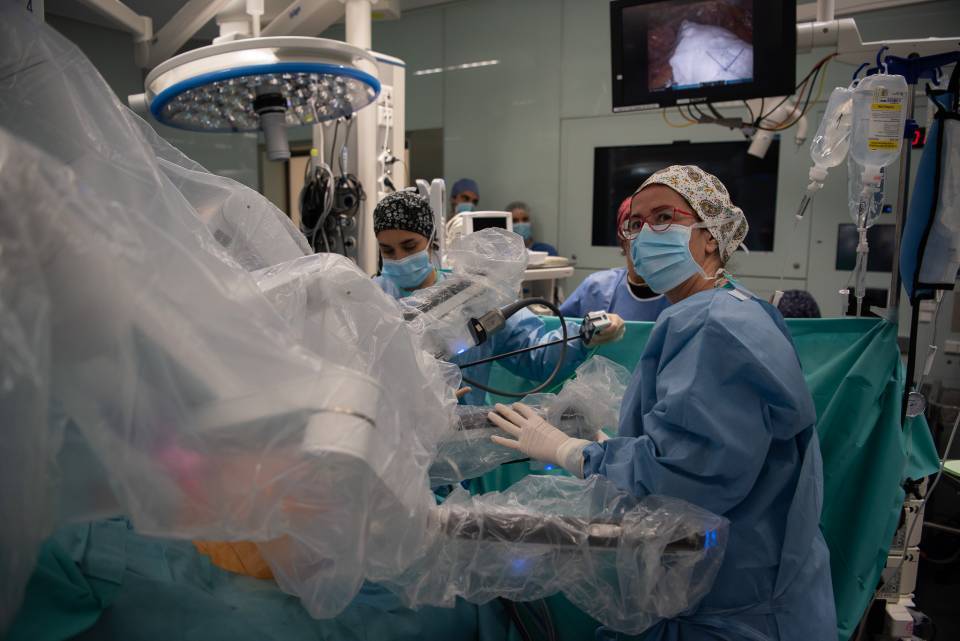Although treatment for inducing remission in this disease still relies on glucocorticoids, between 40% and 60% of patients relapse when the dosage is reduced. However, prolonged use of these drugs is unsustainable due to the significant adverse effects. An antibody that acts against the interleukin-6 (IL-6) receptor, Tocilizumab has also shown to have clinical benefit. However, over 40% of patients treated with Tocilizumab fail to maintain remission if glucocorticoid use is completely withdrawn.
Until now, the direct effect of Tocilizumab on vascular inflammation was unknown. Now, the study led by Maria C. Cid has set out to analyse the functional impact of the drug on temporal and aortic arteries of patients with giant cell arteritis using ex vivo models.
The results show that the IL-6 receptor is significantly overexpressed in arteries affected by the disease compared to healthy controls. Tocilizumab also observably reduces the activation of the transcription factor STAT3, a key molecule in the activation of inflammatory processes. The ability of immune cells to infiltrate and reach inflamed areas is also impaired. ‘We have described the molecular pathways that Tocilizumab uses to reduce vascular inflammation in patients with giant cell arteritis’, Maria C. Cid explains.
The researchers also found that approximately half the patients treated with Tocilizumab could activate alternative inflammatory pathways, such as the STAT1-dependent pathway, possibly as a therapeutic evasion mechanism. ‘This finding suggests the persistence of residual inflammatory activity in some patients, despite treatment with Tocilizumab. Further research is required on this point to determine what additional treatment should be administered in these patients to completely reduce vascular inflammation’, Cid says.




